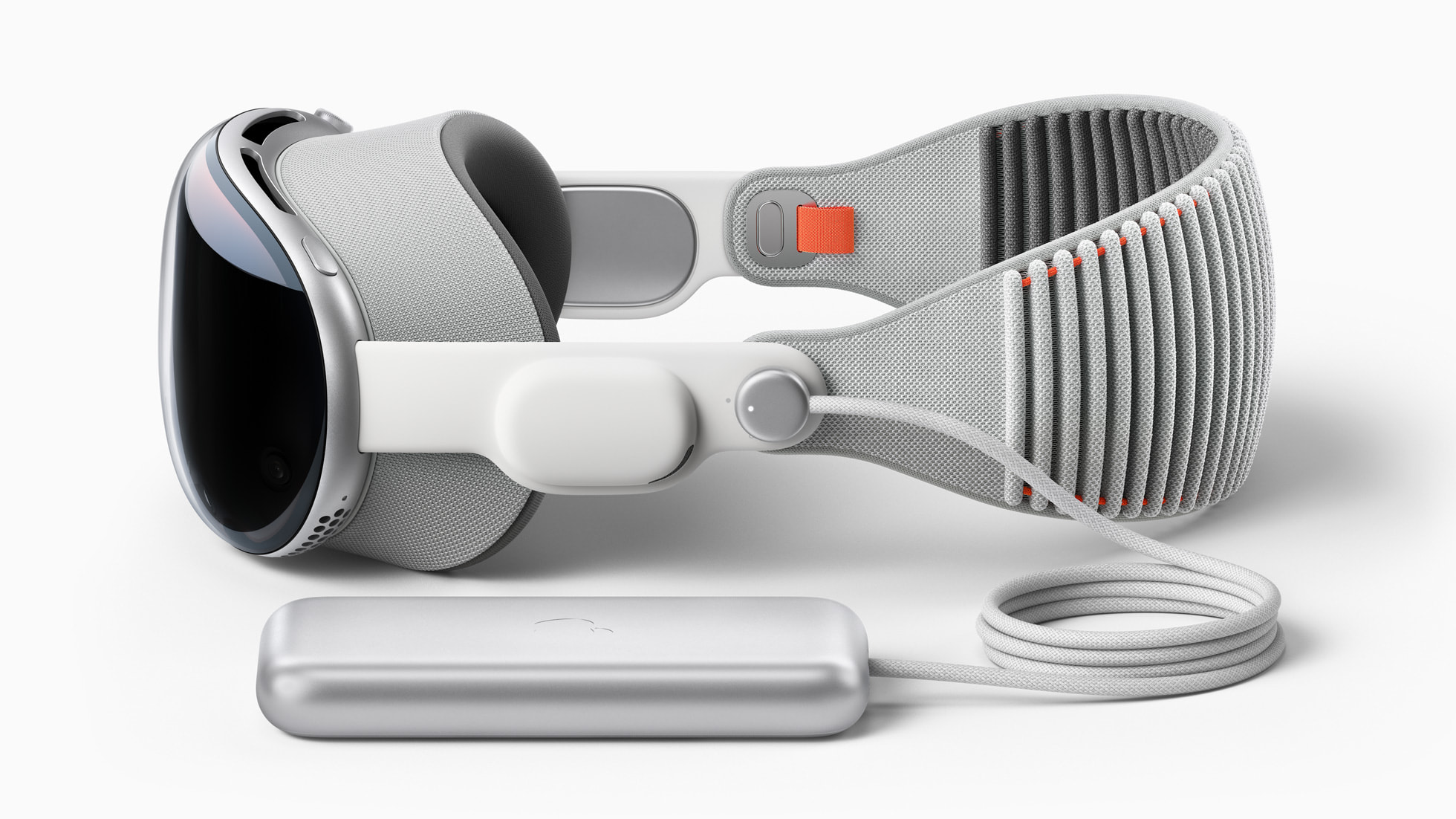
Apple has announced the release of new software tools and technologies that empower developers to create innovative spatial computing applications for the Apple Vision Pro. These tools are designed to help developers take full advantage of the infinite canvas in Vision Pro, blending digital content with the physical world to enable extraordinary new experiences.
A New Era of Spatial Computing:
The Apple Vision Pro is a groundbreaking spatial computer featuring visionOS, the world’s first spatial operating system. Vision Pro allows users to interact with digital content in their physical space using the most intuitive inputs possible – their eyes, hands, and voice. Developers can now leverage the visionOS SDK to utilize the unique capabilities of Vision Pro and design new app experiences across various categories, including productivity, design, gaming, and more.
The Developer Tools:
The developer tools include familiar foundational frameworks like Xcode, SwiftUI, RealityKit, ARKit, and TestFlight. In addition, Apple introduces an all-new tool called Reality Composer Pro, which allows developers to preview and prepare 3D models, animations, images, and sounds to ensure they look amazing on Vision Pro. These tools facilitate the creation of new types of apps that offer a spectrum of immersion, ranging from windows that showcase 3D content, volumes viewable from any angle, to spaces that fully immerse a user in an environment with unbounded 3D content.
Unity developers who have been building 3D apps and games will also be able to port their apps to Apple Vision Pro and exploit its powerful capabilities starting next month.
Exciting Possibilities:
Developers who have previewed the visionOS SDK and APIs are enthusiastic about the platform’s potential. Apps such as Complete HeartX plan to use hyper-realistic 3D models and animations to help medical students understand and visualize medical issues, transforming medical education.
Similarly, the djay app on Apple Vision Pro will put a fully-featured DJ system at a user’s fingertips, transforming the user’s surroundings with environments that react to their mix and enabling interaction with music in never-before-seen ways.
Furthermore, businesses can use JigSpace and Apple Vision Pro to communicate their ideas or products in all-new ways, enabling fast, effective communication that was not previously possible.
Developer Support:
To support developers, Apple will open developer labs in Cupertino, London, Munich, Shanghai, Singapore, and Tokyo next month. These labs will provide developers with hands-on experience to test their apps on Apple Vision Pro hardware and get support from Apple engineers. Development teams will also be able to apply for developer kits to help them quickly build, iterate, and test on Apple Vision Pro.
The visionOS SDK, updated Xcode, Simulator, and Reality Composer Pro are available for Apple Developer Program members at developer.apple.com. They also have access to a variety of resources to help them design, develop, and test apps for Apple Vision Pro, including extensive technical documentation, new design kits, and updated human interface guidelines for visionOS.
The availability of these developer tools marks a significant milestone in the spatial computing revolution. Developers around the globe can now leverage these resources to create new, immersive experiences for users, truly harnessing the potential of spatial computing. The world eagerly awaits the innovative applications that will emerge from this powerful platform. To learn more about designing new app experiences for Apple Vision Pro, or to apply for a developer kit starting next month, visit developer.apple.com/visionos.
